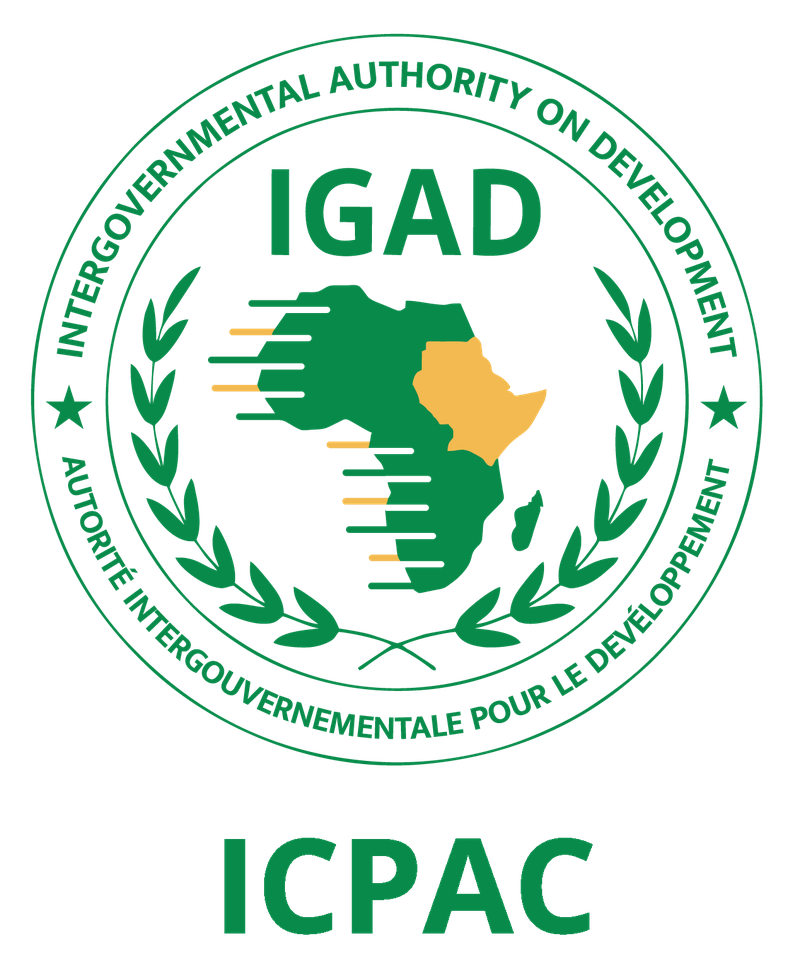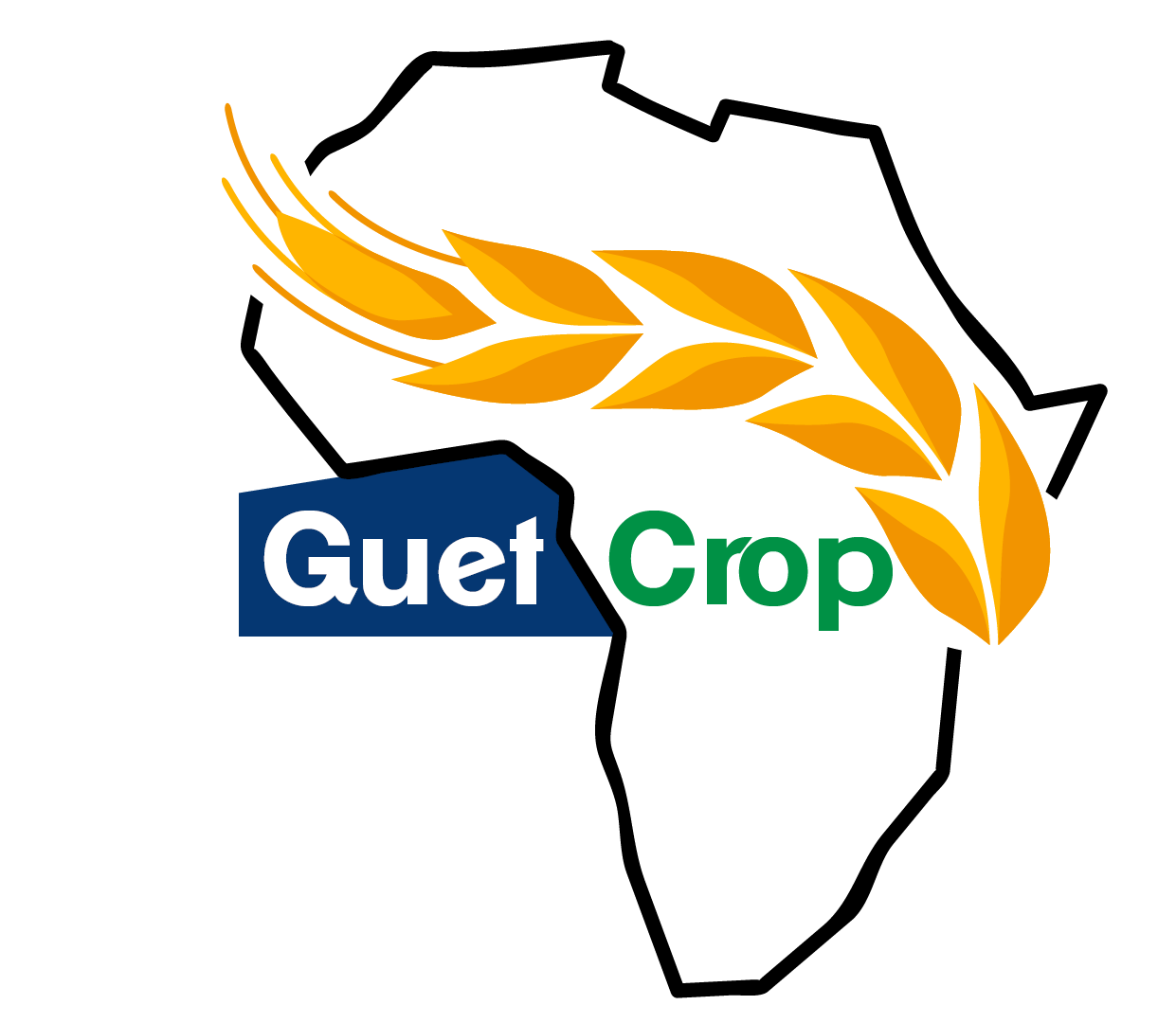Morocco
Assessments
February 2025
In Morocco, despite some improvement since end January, cumulated rainfall since the start of winter wheat and barley season (i.e. November) has been the lowest since season 2001/2002 in many regions, in particularly in the cereals producing areas of the Atlantic coast (Gharb, Rabat, Chaouia, Doukala-Abda, Marrakech) and as a result, dams levels are very low (see for instance the extent ofOued al Abid (Tadla Azilal) or Sebou River (Taza) in February 2025 and 2021). As a result, on 20 February, winter crops biomass is very poor across the country except where irrigation water has still been available (some areas of Tanger Tetouan and Taza). Elsewhere and in particular in Doukkala-Abda, Chaouia, Rabat, Tadla Azila, Marrakech and Oriental, record low levels of crop biomass are observed and production prospects for the harvest 2025 are very pessimistic, after very poor harvest in 2024 and 2022 and below average harvest in 2023. According to the Copernicus C3S multimodel seasonal forecast, rainfall is expected to improve in the south and east in March and across the country in April, but it is doubtful that winter cereals will recover from the early drought.
Hotspots Time Series
Assessment_graph
Country Summary
Statistics
Date
Agricultural cover
Number of administrative units classified as Warning (%)
Warnings and indicator graphs
Date
Cover
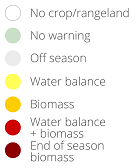
Date
Cover
WI_graph1
Date
Cover
WI_graph2
Date
Cover
Indicator
WI_graph3
Indicator temporal profile (ASAP units level 1)
Date
Cover
Indicator
Area
ASAP1 Units
Indicator maps
Main indicators at dekad
Last 6 dekads for indicator
Date
Indicator
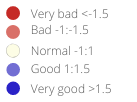
Date
Indicator

Date
Indicator
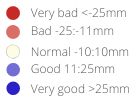
Date
Indicator

Date
Indicator

Date
Indicator

Ancillary Information
Overview maps
Phenology
Layer

Season progress
Dekad
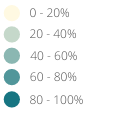
Agricultural area
Cover
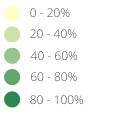
Warning frequency map
Cover
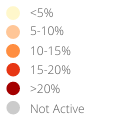
ASAP units
Crop calendar and Production
Selection of FAO crop calendars matching with ASAP phenology
CCP_graph1
Agriculture statistics: ten crops with largest area
CCP_graph2
Agriculture statistics: ten crops with largest production
CCP_graph3
Share of national cereal production by subnational units
CCP_graph4




